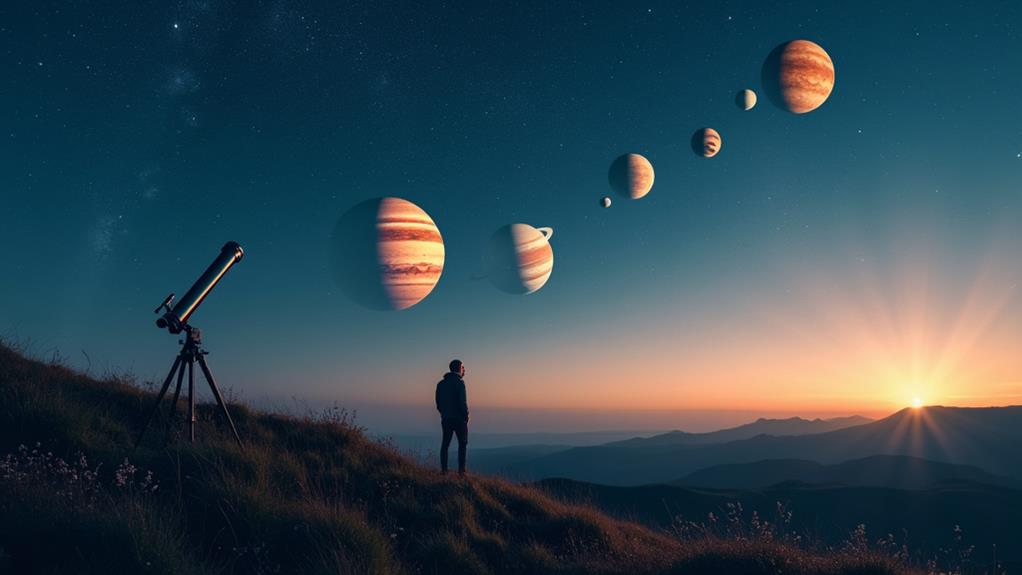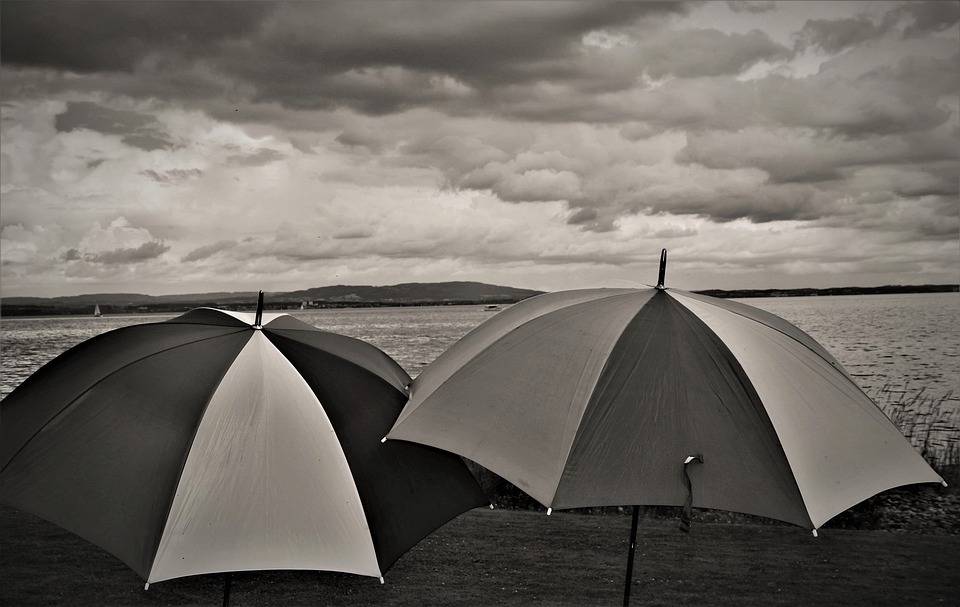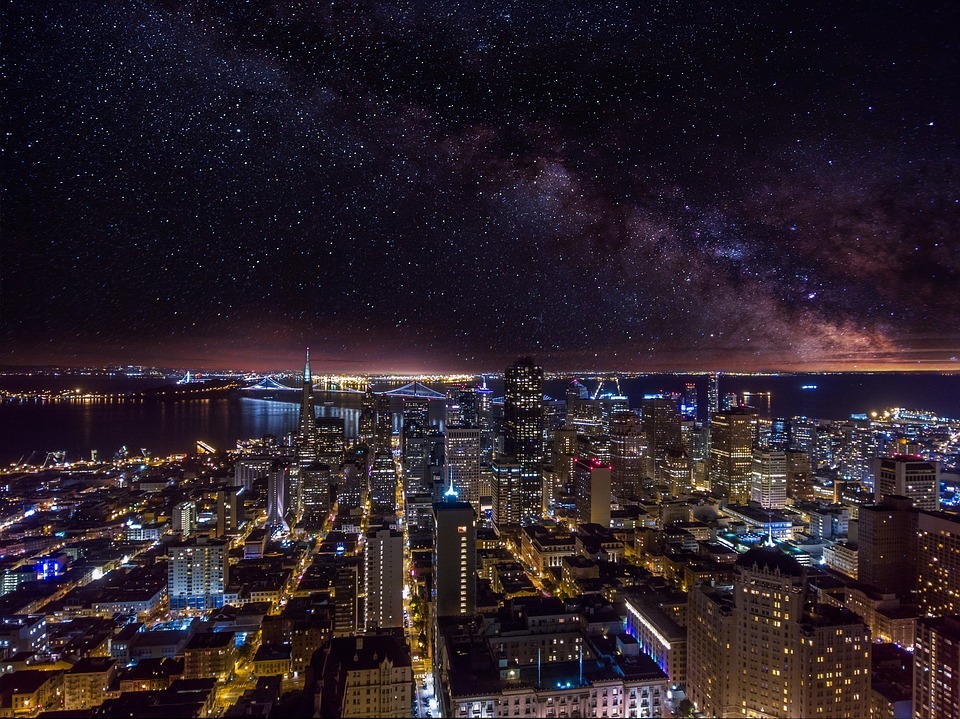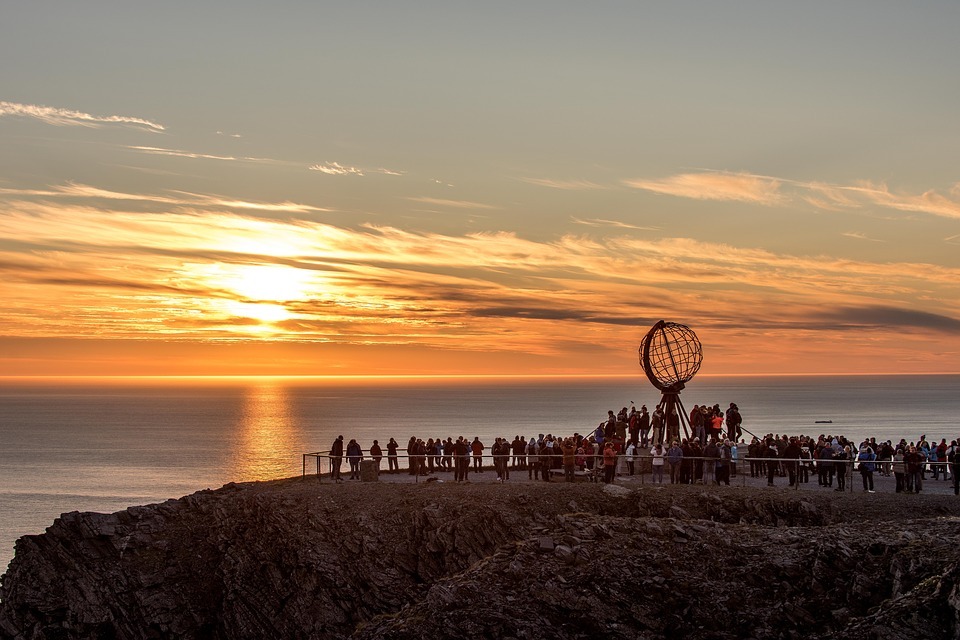Night Sky Photography Tips for Texas State Parks
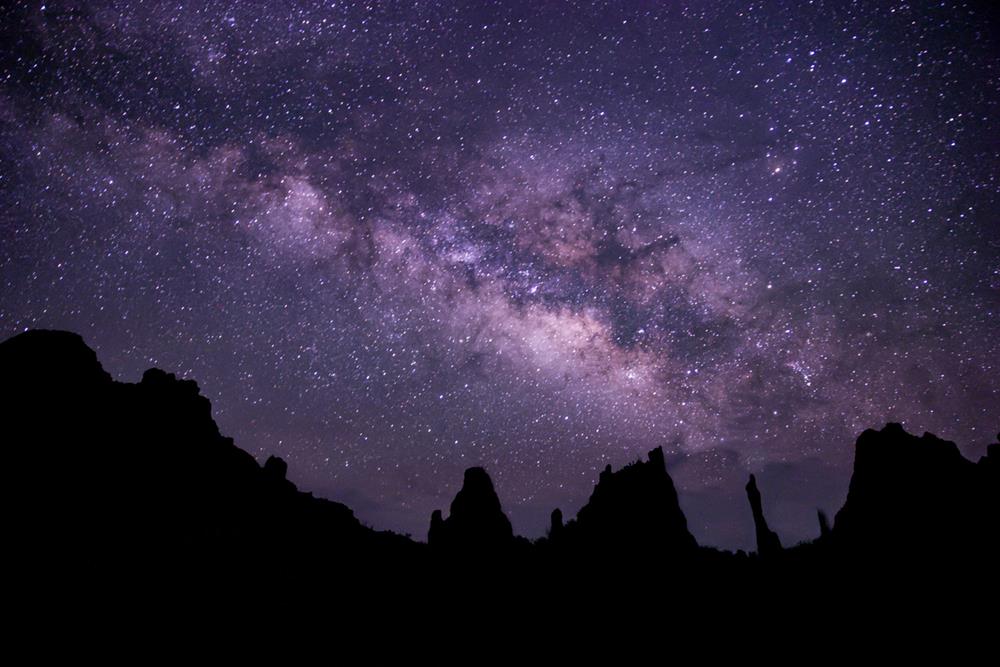
For stunning night sky photography in Texas state parks, pack a sturdy tripod, remote shutter, and headlamp with red-light mode. Use manual settings with wide apertures (f/2.8 or lower), ISO 1600–6400, and 10–30 second exposures.
Visit dark sky destinations like Big Bend Ranch or Enchanted Rock during meteor showers or new moons. Shoot in RAW format and include foreground elements for depth. The perfect Texas starscape awaits when you combine technical skill with thoughtful planning.
Essential Gear for Capturing Texas Night Skies
When heading into Texas state parks after dark, the right equipment makes all the difference. A sturdy tripod is crucial for the long exposures required to photograph the night sky without blurring.
You'll also need a remote shutter release or cable trigger to prevent shake during exposures. Bring a reliable headlamp with red-light mode to preserve your night vision while adjusting camera settings.
Set your camera to manual mode for full control, and always shoot in RAW format. RAW files store more image data than JPEGs, giving you better results during post-processing of your night sky photos.
Understanding Camera Settings for Dark Sky Photography
Fine-tuning your camera settings is key to capturing incredible night sky images in Texas parks. Use manual mode to adjust your exposure triangle.
Open your aperture to f/2.8 or wider to let in as much starlight as possible.
Set your ISO between 1600–6400 to find a balance between brightness and noise. Try 10–30 second shutter speeds to reveal celestial detail while avoiding star movement—especially with a solid tripod.
Always use RAW format to allow for better noise control and flexibility during editing. When you capture the Milky Way across a Texas landscape, you'll be glad you maximized your camera's potential.
Planning Your Shoot Around Celestial Events
The best night sky photos are often timed around astronomical events. Use online astronomy calendars before visiting Texas parks to find dates for new moons, meteor showers, and eclipses.
For dynamic meteor shots, visit during the Perseid (August) or Geminid (December) showers. Lunar eclipses give dramatic opportunities to shoot the moon in deep, contrasting skies.
Check moon phase charts to avoid full moons, which can overpower Milky Way shots. Contact park rangers for updates on special night hikes and stargazing events hosted during your visit.
Top Texas State Parks for Astrophotography
View this post on Instagram
Great composition separates good night photos from breathtaking ones. Add depth by including foreground features like silhouetted junipers at Davis Mountains or rock formations at Enchanted Rock. Use a wide-angle lens to capture panoramic Milky Way arcs across Texas skies. Vary your exposures between 10–30 seconds: short to keep stars sharp, long for dreamy star trails. Apply the rule of thirds to align the horizon creatively or place stars off-center for visual interest. Shoot in RAW to manage ISO noise and enable more precise post-editing. Your followers on social media will appreciate the drama you create with these framing techniques. To make your night photos shine, you must control light pollution. Fortunately, many Texas parks enforce dark-sky-friendly lighting policies that help preserve their stargazing quality. Plan your shoot during designated dark hours, when artificial lights are minimized. Use red-light headlamps, avoid areas near restrooms or parking lots, and schedule shoots during new moons for the clearest skies. Some photographers use light pollution filters on their lenses to block ambient urban glow. Join ranger-led stargazing events to discover optimal viewing spots and learn how to preserve these skies. Even with great gear and low light pollution, your photos depend on clear skies. Aim for dry, cloud-free nights—and steer clear of full moons. Use accurate forecasting apps at least 48 hours in advance. Watch for humidity, which can blur stars and soften detail. Texas' variable weather makes spring and early fall great seasons for night photography. Remember: a perfect starscape requires not just skill, but the right conditions. If clouds roll in, be flexible and have a backup date. Your night photos won't truly pop until you've edited them properly. Start with your RAW files, which preserve full dynamic range and detail. Reduce digital noise by stacking exposures or applying software noise reduction. Adjust white balance to correct sky color, and enhance stars without overexposing the sky. Use selective adjustments to brighten the Milky Way or foreground, and apply dodging and burning to guide the viewer's eye through the composition. Investing time in post-processing transforms your raw files into dramatic, shareable images of Texas' skies. Photographing the stars also means respecting the natural environment and fellow visitors. Follow Leave No Trace principles and park rules. Use red-light flashlights only—white lights ruin night vision. Silence phones and avoid loud conversations. Respect other photographers' space and never handle their gear. Stay within marked trails or designated viewing areas. Share your experience responsibly on social media—your photos could inspire others to visit and protect these parks. Pack out everything you bring in, leaving the park as pristine as you found it.Composition Techniques for Stunning Starscapes
Light Pollution Management Strategies
Weather Considerations for Night Shoots
Post-Processing Your Night Sky Images
Safety and Etiquette in Dark Sky Parks

